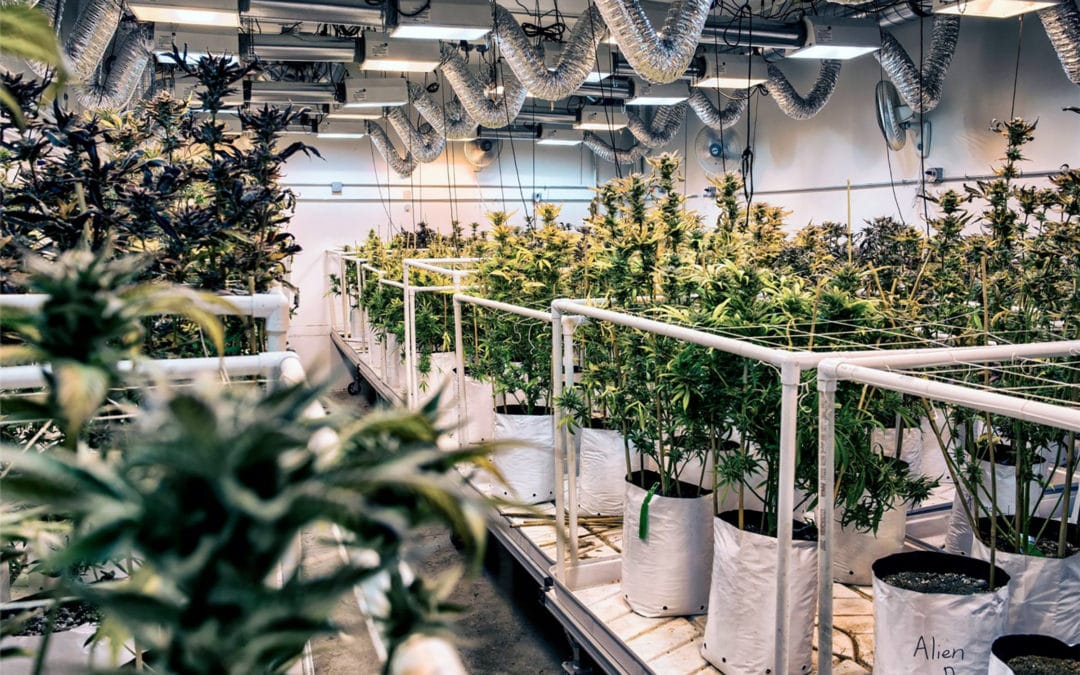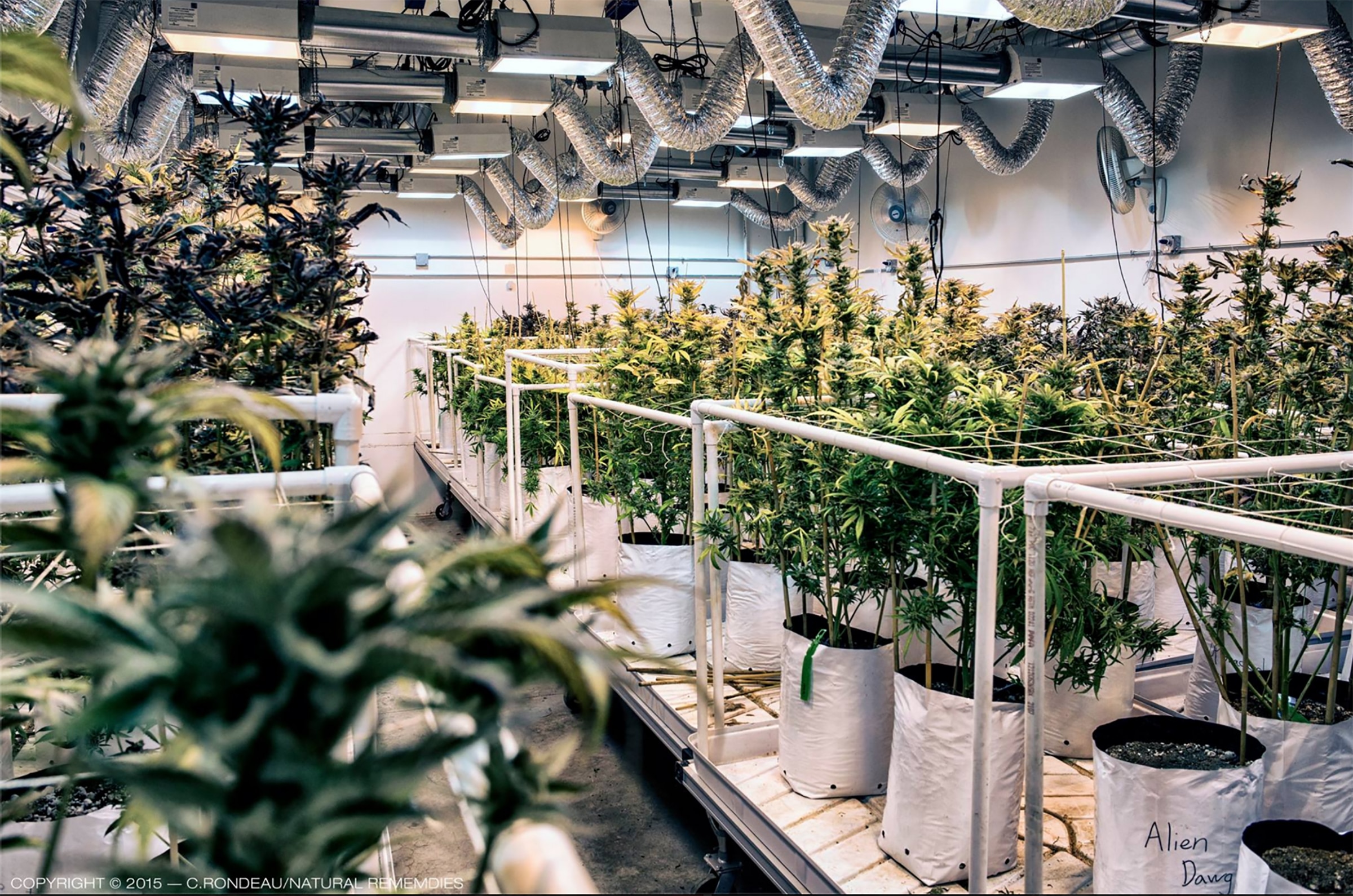
How to Build a Grow Supply Empire

When you walk into an industrial sized horticulture supply store that serves as the nexus of so many cannabis grows, it can be a little overwhelming. Seeing all the new cannabis cultivation tools you could ever want in a single place makes you wonder, who could be behind all of this?
Starting a grow supply empire
Steve Gieder, owner of Northcoast Horticultural Supply didn’t always have a successful cannabis grow supply business. Like many success stories in the cannabis industry, Steve came from humble beginnings with passion and a dream. Steve sat down with Chip Baker on an episode of The Real Dirt. They talked about the state of the cannabis industry and how with a little dedication, becoming an industry leader isn’t as out of reach as you might think. Steve has been a big part of the evolution of cannabis cultivation in the legendary Humboldt cultivation scene. Starting out with a trusted partner and a small investment, Steve turned a single cannabis grow supply into a horticultural and consulting empire.
House and Garden Nutrients
Running a grow supply store means understanding the needs of your customers and being able to fulfill them. When Steve got started, he thought he could open shop and stock the shelves with organic nutrients, not realizing that the demand for organic products far outweighed the supply. Opening a store with an emphasis on organic products is hard to do if you can’t find any products to supply it. Seeing a void that needed to be filled, Steve got started with House and Garden Nutrient Company and it became one of the premiere organic nutrient lines.
Steve’s impact on the Humboldt cultivation scene cannot be understated. He was the first supplier to bring digital ballasts to the area. He was also the first to sell compost tea, a cornerstone of organic cultivation, as well as being responsible for supplying pure coco to growers as a new soil-less medium. The practices that Steve introduced to Humboldt more than a decade ago, laid the foundation for much of what we are seeing in grows throughout Colorado and beyond.
Humboldt Green
The culmination of Steve’s passion for his work and his desire to help and guide those just getting started led to the creation of Humboldt Green. Humboldt Green is as they put it, at the epicenter of all things green. Steve and his group of cannabis experts help new entrepreneurs navigate the waters of what is still an up and coming industry. Whether it’s help with cultivation, business development or event management, Humboldt Green has become the first call made by many of those seeking success in the cannabis industry. Listen to The Real Dirt episode with Steve Gieder and hear about what it takes to build an international horticultural supply empire.












